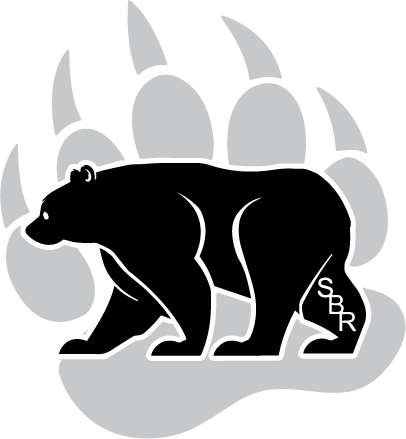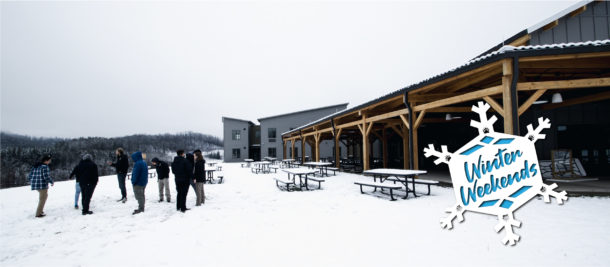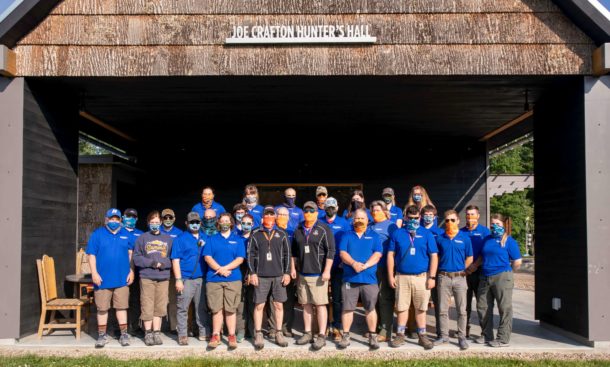Whether you haven’t had enough water and get dehydrated or you’ve fallen on a branch and have a puncture wound in your abdomen, the Jamboree Medical Team is ready to respond to any medical issue you have.
Dr. John Lea, the Jamboree Chief Medical Officer, expects his team of 520 medical volunteers to be busy during the Jamboree. He took some time to explain how the medical system works and how you can prevent some of the most common medical ailments here at Jamboree.
The Jamboree has three levels of medical facilities. First, all Base Camps have full medical facilities. Base Camps A and B are combined, and Base Camp C has two additional sick call clinics spread throughout its subcamps. These Base Camp medical facilities should be your go-to facilities for minor health issues. Lea expects these facilities to be busiest in the mornings and evenings, when everyone is in camp.
Secondly, many of the program areas also have local first-aid centers for acute injuries. These are mostly for injuries sustained during activities; they have basic treatment capabilities and transportation to higher medical care.
Finally, the Jamboree Health Center located next to Base Camp D is home to the Medical Administration, Pharmacy, long-term care, an X-ray facility and other imaging equipment. It also has dental, mental health and ophthalmology clinics. An orthopedic clinic can set fractures.
Directions and phone numbers for all medical facilities are available under First Aid in the Maps part of the Jamboree app. In case of a serious medical emergency when you are not near a medical facility, you can also call 911.
For emergency transport, there are roaming EMT and Paramedic teams on foot, in vehicles and stationed at all medical facilities. For non-emergency transportation, the OA Medical Transport Corps provides transportation for patients between facilities and transport for medical equipment.
The West Virginia National Guard and the Army are also supporting medical operations throughout the Summit. They are ready to assist in case of an emergency with transportation and management.
What does Lea expects to see most of during Jamboree? “Skin problems,” he said. This includes sunburn, rashes, bites, stings, and chafing. After that, he also expects a lot of dehydration. As a matter of fact, Base Camp E’s medical facility has been busy ever since it opened, flooded with dehydrated staff members needing IV fluids.
Most of these medical ailments can be prevented using common sense and Being Prepared. Steps like drinking plenty of water (use your Water Intake Guide, found in the Jamboree app under Documents), washing your hands, and using sunscreen can go a long way in making your Jamboree stay healthier.
“Make sure you always have your Ten Essentials” said Lea, referring to the 10 Safety Essentials list, which is also found in the Jamboree app, under Documents. Among the 10 Essentials are a water bottle, sunscreen and your Jamboree ID.
“Something people often forget is sunscreen for your lips,” added Lea. Not using sunscreen on your lips can cause painful sunburn and sometimes blistering.



